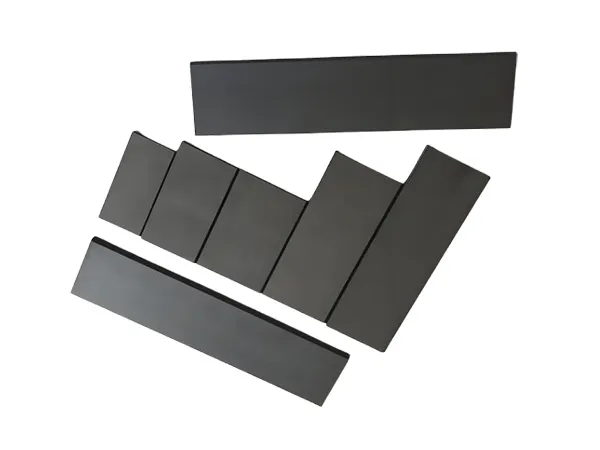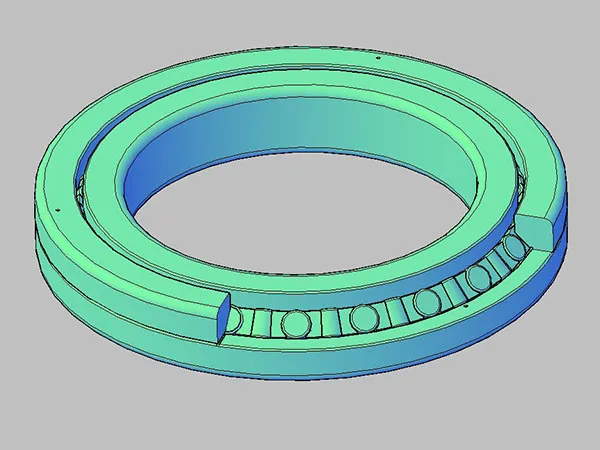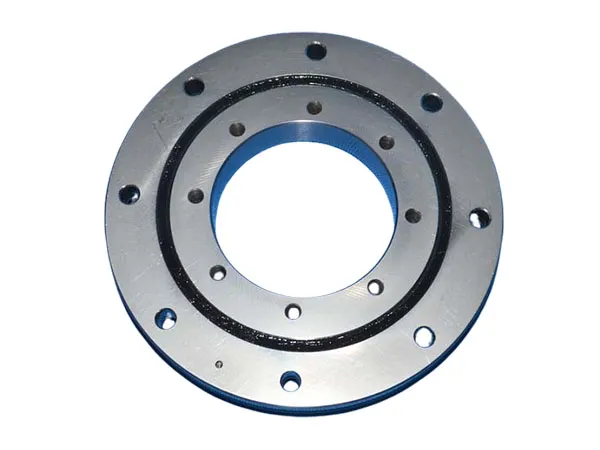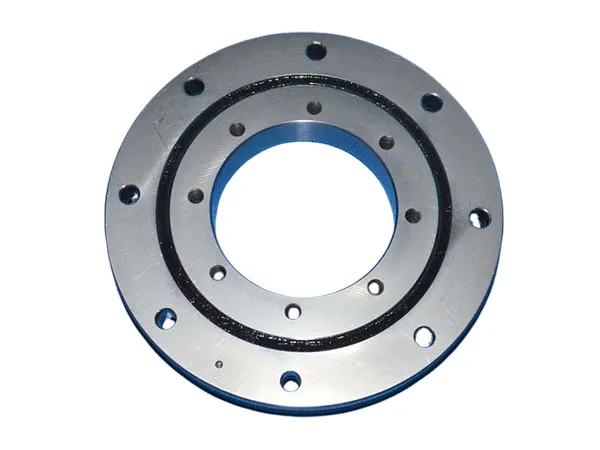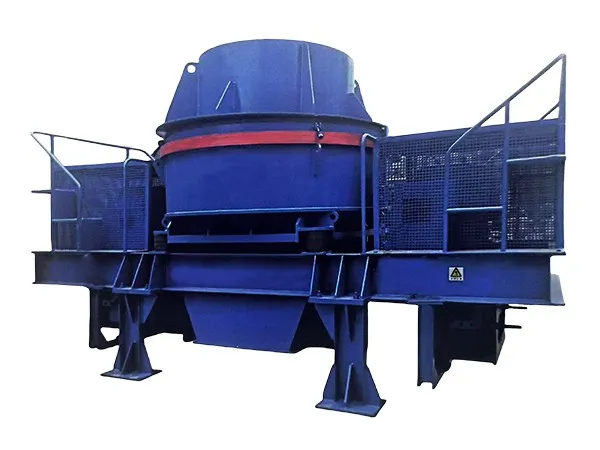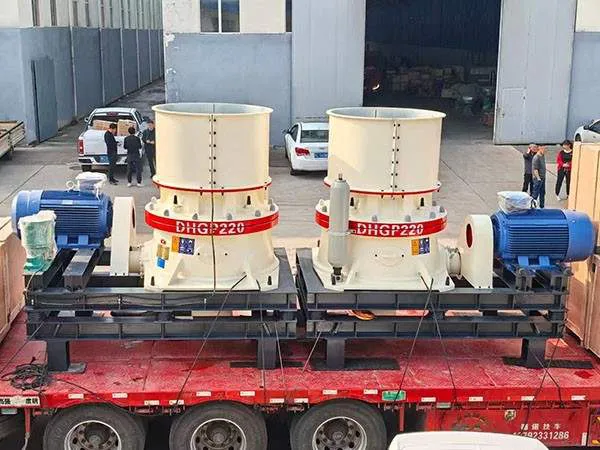Графитовые изделия возможно, не самые яркие компоненты в промышленных операциях, но их роль решающая. От высокотемпературных печей на металлургических заводах до прецизионных электродов в электронике., графит обеспечивает бесперебойную работу там, где производительность и надежность имеют наибольшее значение..
Однако, даже высококачественный графит может испортиться, если пренебрегать техническим обслуживанием.. Ржавчина, трещины, или окисление может незаметно снизить эффективность и привести к неожиданному простою. В этом руководстве, мы изучим реальные советы по техническому обслуживанию, основанные на отраслевом опыте., показывает, как правильный уход может значительно продлить срок службы графита.
Руководство по обслуживанию графитовых изделий
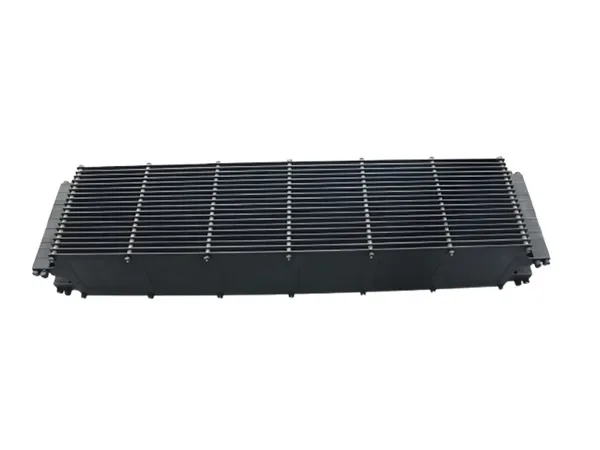
1. Умное хранилище: Берегите графит от влаги и загрязнений
На одном сталеперерабатывающем заводе, операторы заметили снижение термической эффективности после того, как графитовые формы впитывали влагу во время хранения.. Пористая природа графита делает его склонным к впитыванию воды., пыль, или масла — факторы, которые ставят под угрозу как структурную целостность, так и теплопроводность..
Проверенная практика:
Храните графит в сухом, вентилируемые склады.
Используйте герметичную упаковку для длительного хранения..
Избегайте хранения вблизи агрессивных химикатов или в местах с высокой влажностью..
Отраслевой совет: Для чувствительных графитовых компонентов, используйте пакеты с силикагелем внутри упаковки для сохранения сухости.
2. Бережное обращение: Предотвращение трещин и структурных повреждений
У производителя электроники, хрупкий графитовый электрод треснул от случайного удара при транспортировке, задержка производства на несколько дней. Хотя графит прочен в нормальных условиях, он хрупкий под внезапным давлением.
Рекомендации по обращению:
Транспортируйте в ящиках с пенопластом для поглощения вибраций..
Избегайте штабелирования тяжелых материалов на графитовые поверхности..
…
Более подробную информацию о правилах обслуживания графитовых изделий см., пожалуйста, нажмите здесь:https://www.czgraphite.com/a/news/graphite-products-maintenance-guide.html


